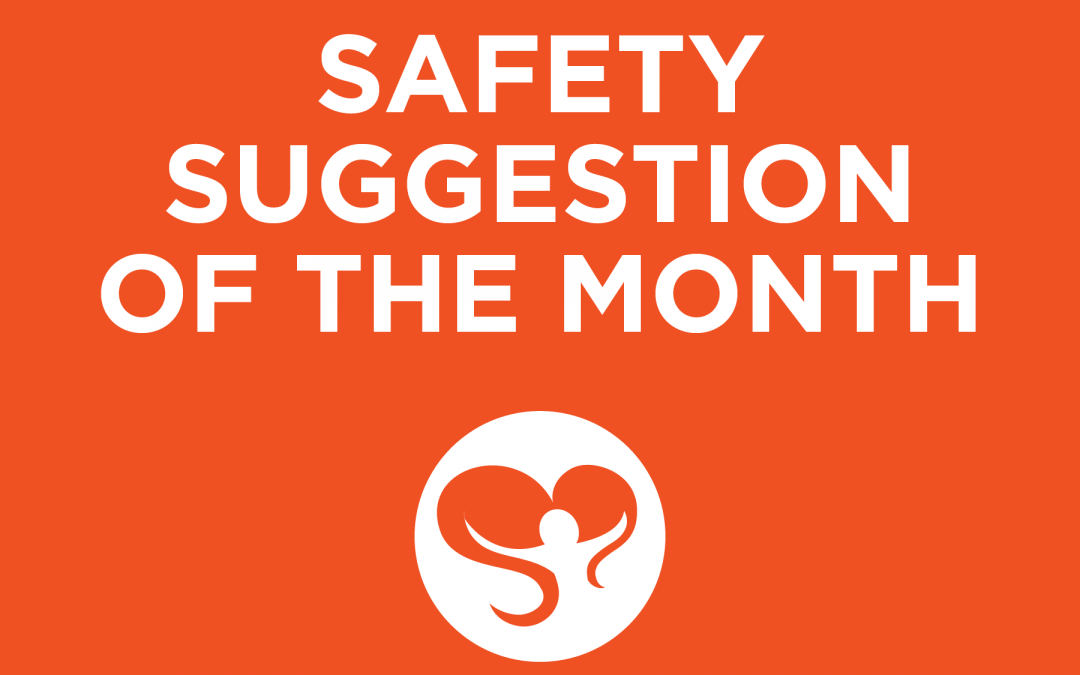Ergonomics and Musculoskeletal Disorders
Ergonomics, also known as human factors, is the study of designing equipment, devices, and processes that fit the human body with the goals of increasing occupational health and safety and productivity. Ergonomics is essentially concerned with the “fit” between a person and their job. An ergonomics program is a systematic process for identifying, analyzing, and controlling workplace risk factors, often for reducing common workplace issues such as muscle fatigue, repetitive strain injuries, and musculoskeletal disorders (MSDs).
Some examples of MSDs include sciatica, carpal tunnel syndrome, tendinitis, rotator cuff injuries (affecting the shoulder), epicondylitis (affecting the elbow), trigger finger, muscle strains, and lower back injuries. MSDs affect the muscles, nerves, blood vessels, ligaments, and tendons. Workers in many different industries and roles can be exposed to risk factors for MSDs at work, such as lifting heavy items, bending, reaching overhead, pushing and pulling heavy loads, working in awkward body postures and performing the same or similar tasks repetitively. Exposure to these known risk factors increases a worker’s risk of injury, and combined exposure to several risk factors may place workers at an even higher risk for MSDs.
The Impact of MSDs in a Healthcare Setting
MSDs are a significant risk to employees, especially those who work in certain industries. Work-related MSDs are among the most frequently reported causes of lost or restricted work time. According to the Bureau of Labor Statistics (BLS) in 2013, MSD cases accounted for 33% of all worker injury and illness cases. OSHA also reported that more workers were injured in the healthcare/social assistance industry sector than any other private industry sector. Healthcare workers experience some of the highest rates of non-fatal occupational injuries and illnesses of any industry sector.
A Process for Protecting Workers
Implementing an ergonomic process has been shown to be effective in reducing the risk of developing MSDs in high-risk industries like healthcare. Employers are responsible for providing a safe and healthful workplace for their workers. Employers can use engineering controls and administrative controls to help reduce the risk of MSDs and other injuries happening on the job. Engineering controls involve design or redesign of the workplace to account for strengths, weaknesses, and needs of the working population—for example, the equipment used for lifting as part of the safe patient handling initiative. Another example could be changing the layout of a workspace to be more efficient, or to reduce the need for certain types of motions. Some examples of administrative controls would be to reduce the number of hours that an employee performs a certain task, limiting overtime, or ensuring that staff takes their breaks during shifts.
Training is another important element of the employer’s role in the ergonomic process. Regular training ensures that workers are aware of ergonomics and its benefits, become informed about ergonomics-related concerns in the workplace and understand the importance of reporting early symptoms of MSDs.
Managers and supervisors play an important role by observing their workers to see if they are modifying tools, equipment, or work areas; shaking arms and legs; rolling their shoulders; or bringing in their own supportive devices such as belts or wrist braces. These are examples of employee behaviors that signal that workers are experiencing ergonomic issues. Managers should speak with employees exhibiting these types of behaviors and review their work to see if any risk factors for MSDs are present.
The Employees’ Role in an Ergonomics Program
A participatory ergonomic approach, where workers are directly involved in worksite assessments, solution development, and implementation is the essence of a successful ergonomics program. Employees can:
- Identify and provide important information about ergonomic problems in the workplace
- Voice their concerns and suggestions for reducing exposure to risk factors
- Help evaluate the changes made as a result of an ergonomic assessment
- Report early symptoms of MSDs before they progress to serious injuries
Comprehensive injury reporting is important to the success of an ergonomic program. Early reporting, diagnosis, and intervention can limit injury severity, improve the effectiveness of treatment and minimize the likelihood of disability or permanent damage. If employees report their symptoms early and openly, an employer is in a better position to take corrective measures to delay or eliminate the development of an MSD. If workers in a certain department report more MSD problems than workers in other departments, an employer is able to study the possible MSD risk factors in that department, and identify and implement corrective measures. Employee meetings and interviews are one opportunity for employees to proactively share risks related to ergonomics.
If you have questions or concerns about health and safety risks in your work environment or ideas on how they can be mitigated, you are encouraged to speak with your supervisor. The Safety Committee also welcomes all suggestions. Please send them to safetyideas@springbrookny.org.

